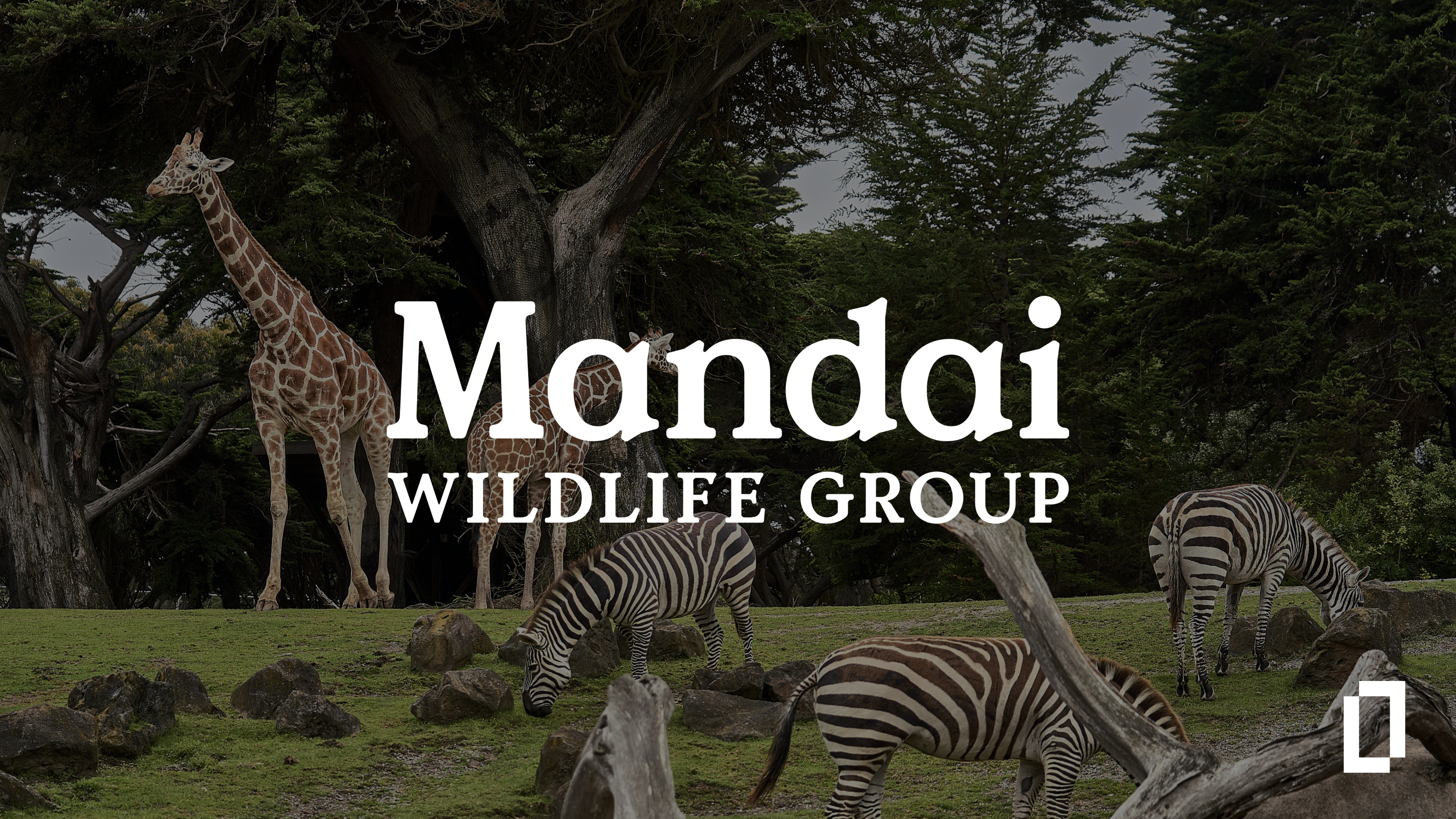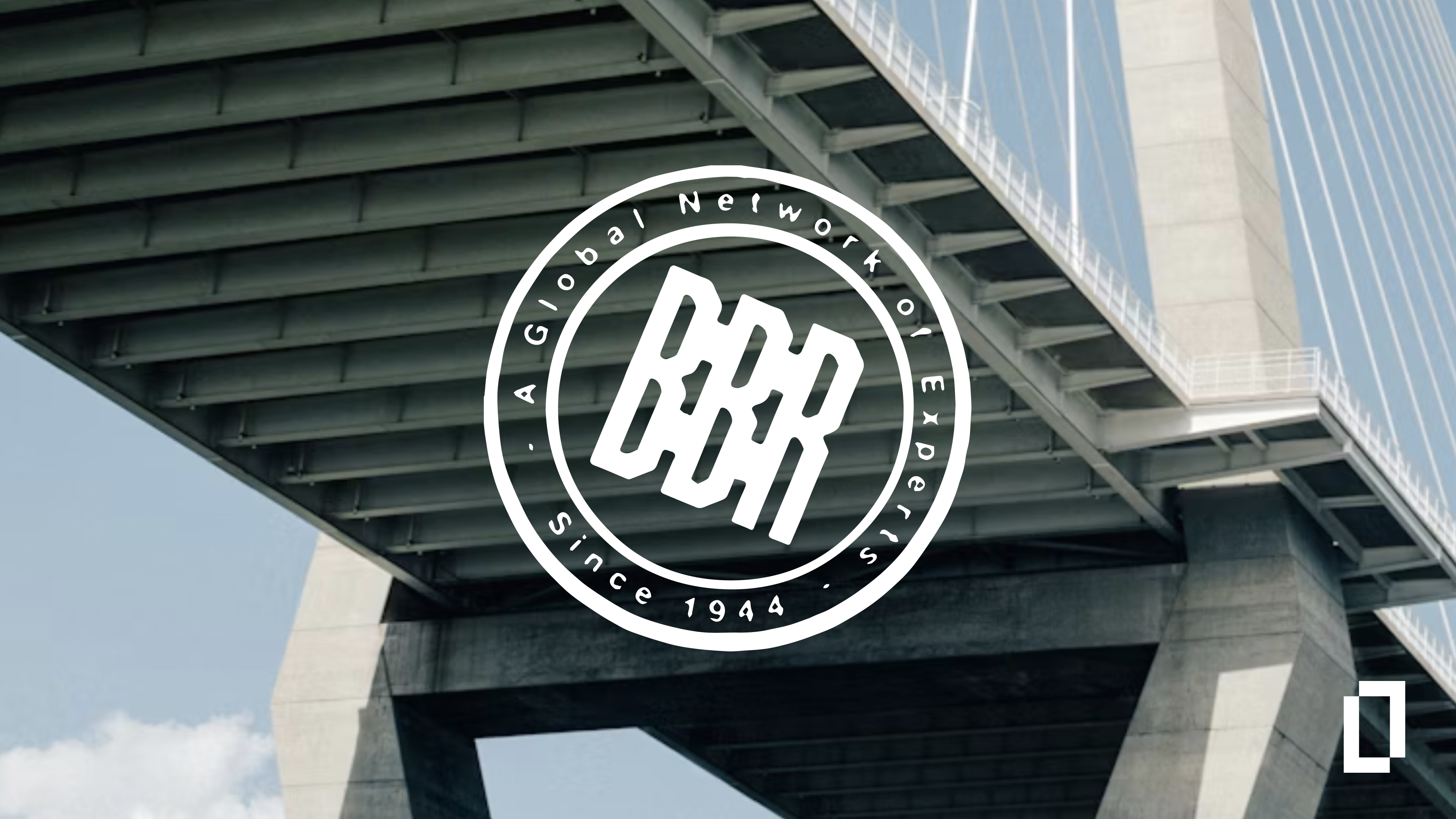PRODUCT IMPLEMENTED
SBTi FLAG analysis & advisory
INDUSTRY
Travel, Tourism, & Hospitality
HQ
Mandai, Singapore
COMPANY SIZE
5 wildlife parks across Singapore
- Mandai Wildlife Group (MWG), strengthened its visibility over its Forest, Land, and Agriculture emissions, with an independent review by Terrascope, aligned with the Greenhouse Gas (GHG) Protocol Land Sector and Removals (LSR) Guidance and Science Based Targets Initiative (SBTi) FLAG criteria.
- Mandai Wildlife Group minimized overestimation risk in its land use change (LUC) emissions by commodity type.
- Mandai Wildlife Group also disaggregated its FLAG emissions using life cycle data from third-party databases like ecoinvent as means to improve reporting speed and accuracy going forward.
- As such, Mandai Wildlife Group, with Terrascope's assistance, is now positioned to disclose FLAG emissions confidently and prepare for future SBTi FLAG target validation.
About Mandai Wildlife Group (MWG)
Mandai Wildlife Group (MWG) is the steward of Mandai Wildlife Reserve, a wildlife and nature destination in Singapore. MWG operates globally respected attractions including the Singapore Zoo, Night Safari and River Wonders, and integrates sustainability across its operations – from wildlife conservation and habitat restoration to responsible sourcing and low-carbon procurement. With rising expectations from stakeholders and regulators, MWG is taking proactive steps to align its climate disclosures with emerging guidance from the Science Based Targets initiative (SBTi), including accounting for FLAG (Forest, Land, and Agriculture) emissions across its value chain.
The Challenge
Mandai Wildlife Group (MWG) integrates a strong commitment to biodiversity conservation into its operations, which extends to its approach to climate action. Although MWG’s current emissions profile is predominantly from construction activities — meaning that land-based emissions (FLAG) account for less than 20% of its total footprint and therefore not subject to mandatory SBTi FLAG target-setting — the organization has proactively elected to start monitoring its FLAG emissions, going beyond baseline regulatory requirements.
In line with its long-term commitment to sustainability, MWG developed an internal methodology to estimate FLAG emissions from its food procurement and engaged Terrascope to conduct an independent third-party review. This review was not a regulatory necessity, but a strategic and forward-thinking decision to future-proof their emissions disclosures in anticipation of a time when construction emissions may decline, and FLAG emissions play a proportionally larger role.
“Terrascope provided the expert review and actionable insights we needed to improve our FLAG emissions accounting in just a matter of weeks — strengthening the accuracy of our calculations in line with evolving climate disclosure standards."
Ou Guojian
Deputy Vice President, Sustainable Solutions,
Mandai Wildlife Group

The Terrascope Solution
Terrascope’s engagement began with a detailed gap analysis against the SBTi FLAG criteria and GHG Protocol LSR Guidance. The team reviewed MWG’s internal FLAG methodology documentation, identified areas of methodological differences, and validated all emission factors and assumptions against peer-reviewed datasets. In parallel, Terrascope conducted a sensitivity analysis comparing MWG’s estimates with those derived from commodity- and country-specific emissions data sourced from ecoinvent, one of the most widely recognized life cycle inventory databases. Terrascope’s review focused on identifying opportunities to strengthen the methodological integrity and long-term applicability of MWG’s FLAG emissions model. While MWG’s approach had already received positive feedback from external reviewers, including the SBTi, Terrascope was brought in to enhance its accuracy, specificity, and future readiness.

Figure 1: How Terrascope helped Mandai Wildlife Group structure its FLAG measurement approach
One improvement area identified was in the use of geography-specific land use change (LUC) assumptions. MWG’s model initially generalized LUC emissions to broad regional categories, which, while acceptable under current thresholds, could lead to under- or over-estimations as the organization’s emissions profile evolves. Terrascope recommended a shift toward country- and commodity-specific sourcing assumptions, unlocking more precise attribution of LUC emissions — particularly for higher-risk commodities like beef, poultry, and coffee.
Terrascope’s team then developed a set of actionable recommendations, including a transition to automated FLAG emissions disaggregation using tagged emission factors. This would allow MWG to generate commodity-specific FLAG profiles, accurately allocate LUC emissions to co-products (e.g., soy oil, soy husk), and appropriately exclude wild-caught seafood. Terrascope also outlined how to break down FLAG emissions into land use change, land management (CO₂ and non-CO₂), and removals categories, supporting compliance with the latest SBTi guidance.
The result was not just a more refined emissions model, but also a clearer roadmap for scaling FLAG emissions management over time — helping MWG demonstrate leadership in transparent, science-based climate reporting.
The Impact
Within one week of project initiation, Mandai Wildlife Group gained actionable insights to further improve the accuracy of its FLAG emissions data. MWG is now better positioned to enhance emissions transparency, prepare for SBTi FLAG validation, and pursue more sustainable sourcing strategies.
In the long term, implementing Terrascope’s recommendations, such as integrating third-party emissions factor databases (EFDBs) and automating data processing tasks, will reduce the manual workload for MWG’s sustainability team and enable faster identification of high-risk commodities. As construction activities wind down and FLAG emissions begin accounting for a greater share of its total footprint, MWG remains on track to meet its climate goals and demonstrate leadership in biodiversity-driven climate action.



